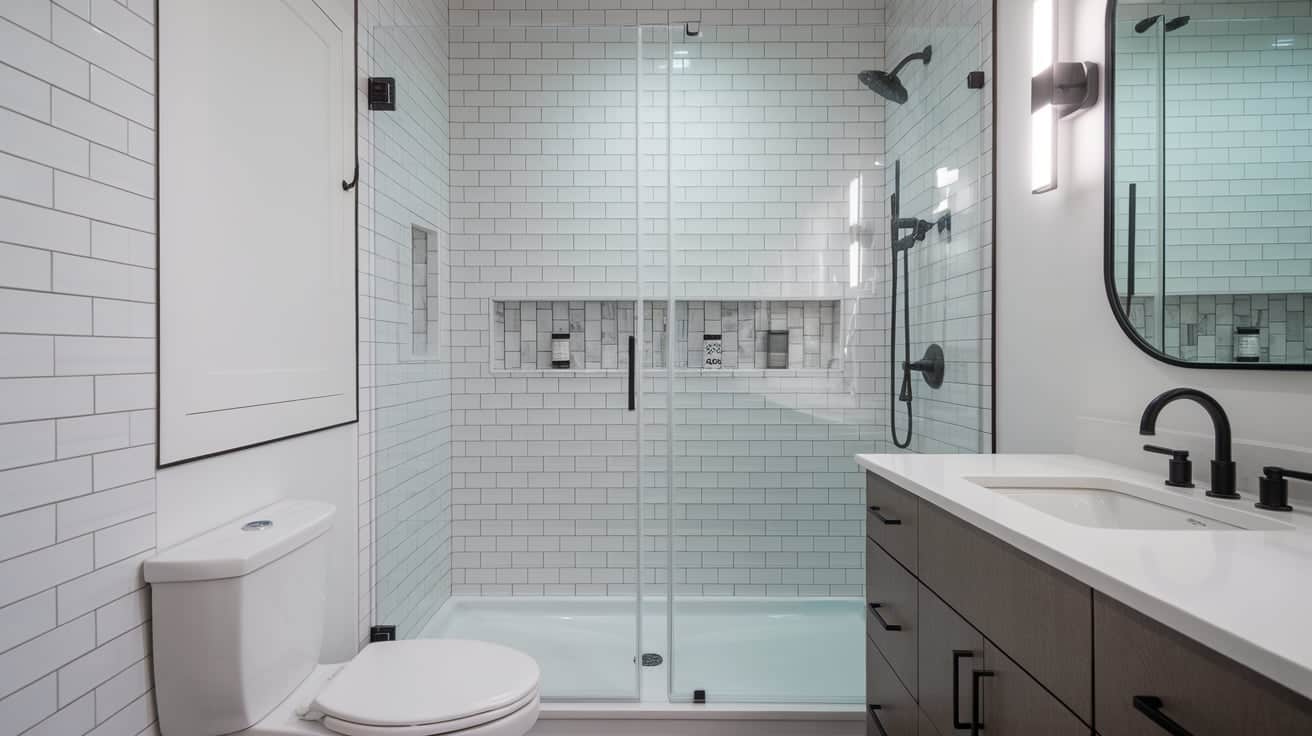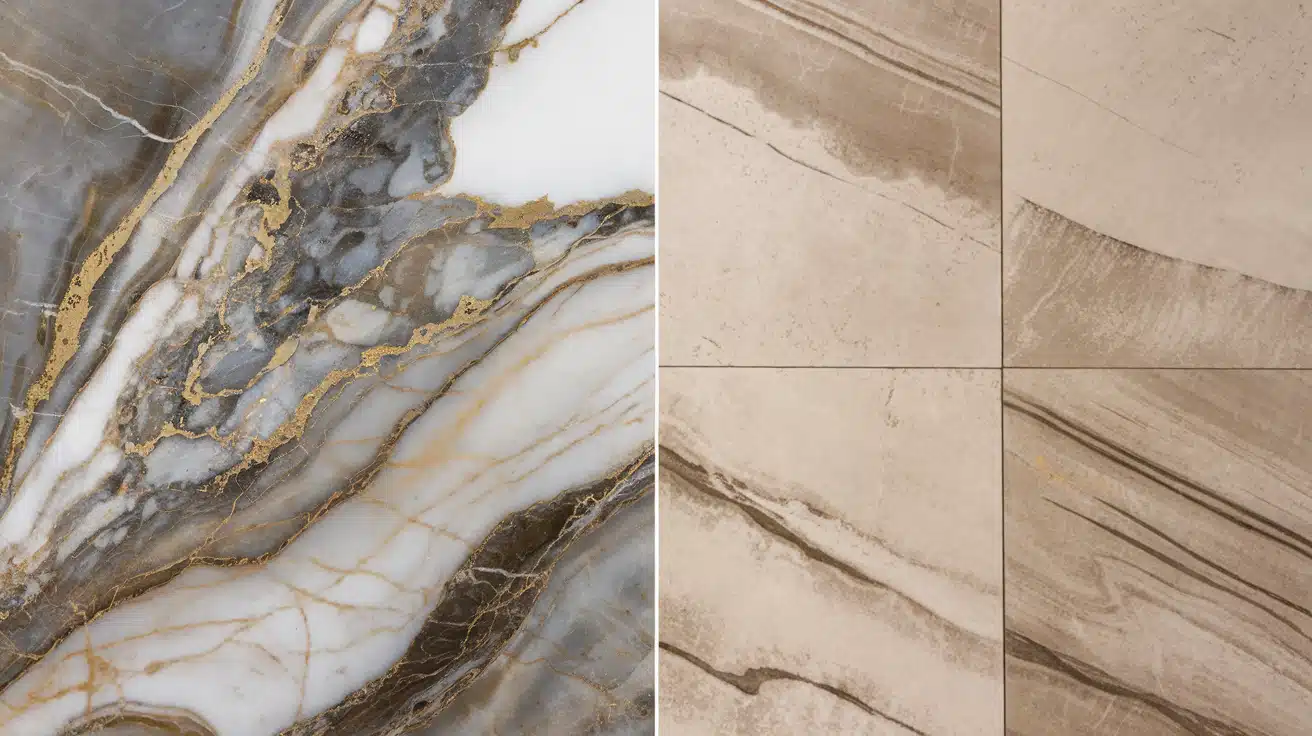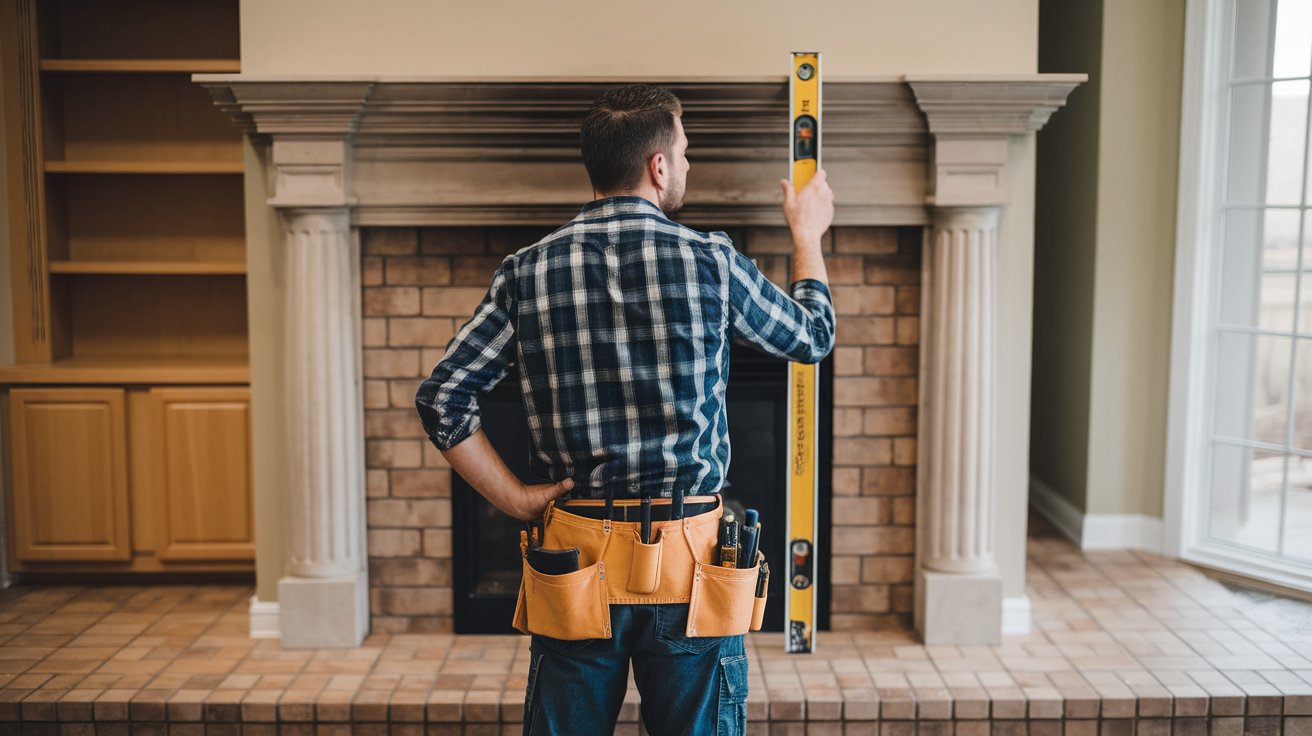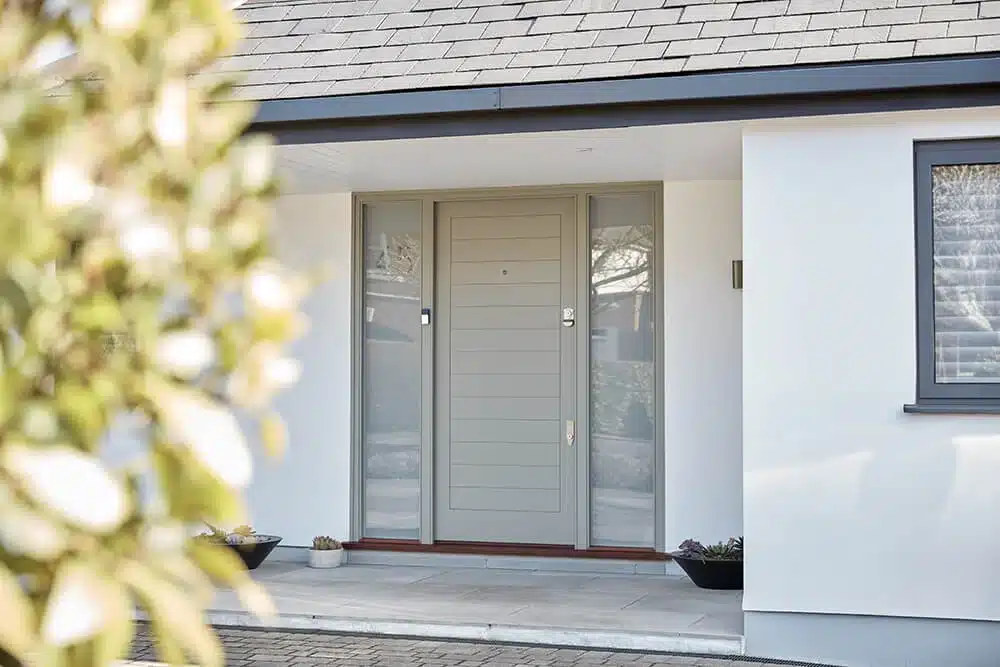Installing Subway Tile in Your Shower: A Complete Tutorial
Getting shower tiles installed by professionals can cost thousands of dollars.
I know—I got several quotes before deciding to do it myself. But when I searched online for guides, most felt confusing and skipped important details.
I spent weeks learning proper subway tile installation techniques and testing them in my own bathroom. Now, I can show you how to do this project right, saving you money and headaches. (Plus, you’ll feel proud every time you step into your shower.)
In this guide, I’ll walk you through each step of installing subway tiles in your shower.
I’ll share the exact tools you’ll need, my time-tested techniques, and helpful tips to avoid common mistakes that could lead to water damage later.
My Personal Experience with Subway Tiles in The Shower
Let me tell you why I keep returning to subway tiles in my projects. I’ve seen fancy tiles come and go, but subway tiles have never let me down.
What I’ve learned:
Working with different layouts taught me valuable lessons. Simple patterns like the third offset work best for beginners.
I remember one project where the client wanted a herringbone pattern—it looked great but took twice as long.
Biggest wins:
- Perfect for budget-conscious renovations
- Helps clients feel confident about DIY
- Easy fixes if something goes wrong
- It gets better results than larger tiles for first-timers
What makes me smile is how forgiving these tiles are. When I had to replace a cracked tile caused by dropping a shampoo bottle, it took me 30 minutes, tops. There were no matching issues, and there were no special orders.
I still use subway tiles in my projects today. They’ve proven reliable and cost-effective, and they make my clients happy—what matters most in this business.
Benefits of Using Subway Tile in Your Shower
After installing hundreds of showers, I’ve found subway tiles one of the smartest choices for homeowners.
Let me share why I love them so much.
Budget-friendly benefits:
- Lower material cost than fancy tiles
- A simple shape means less waste during installation
- Easy to find at any tile shop
- Fewer specialty cuts are needed
Style points:
- A classic look that never goes out of date
- Works well in both modern and traditional bathrooms
- Light colors make small showers feel bigger
- Can be laid in different patterns to create unique looks
Practical advantages:
- Small size means better wall coverage
- Fewer issues with warping or bowing
- Easy to replace single tiles if damaged
- Simple to clean and maintain
For DIY enthusiasts:
- Straight edges make alignment easier
- Standard size simplifies planning
- Less complicated than large-format tiles
- Lighter weight makes handling easier
I especially like how subway tiles help hide minor wall imperfections – something that’s really helpful in older homes with less-than-perfect walls.
Tools Needed for Subway Tile Installation in Showers
| Category | Tools/Materials |
|---|---|
| Tile Installation | – Subway tiles |
| – Ardex X5 white thinset mortar (or similar quality) | |
| – Euro trowel (¼ × ½ inch notched) | |
| – Level and laser level | |
| – T-lock leveling clips | |
| – 1/16 inch tile spacers | |
| – Tile cutter/wet saw | |
| – Grinder with blade (for plumbing cuts) | |
| – Measuring tape | |
| – Pencil/marker | |
| – Mixing bucket | |
| – Drill with mixing paddle | |
| Edging and Finishing | – Rondec metal trim (match to tile thickness) |
| – Horseshoe shims | |
| – Siliconized acrylic caulk | |
| – Clean sponges and rags | |
| – Buckets for water |
Step-by-Step Guide to Installing Subway Tile in Showers

Step 1: Prepare the Surface
A clean, flat wall is the foundation for perfect tile installation. I always start by thoroughly cleaning the surface and fixing any obvious flaws. The shower base should be installed first.
I recommend an acrylic base, as it saves both time and money compared to a full tile base.
Key preparation points:
- Measure the wall width and mark the center point
- Find your vertical starting line using a laser-level
- Calculate tile layout to avoid small cuts:
- Measure wall width (example: 58 inches = 29 inches center)
- Plan for minimum 4-inch cuts at corners
- Account for 1/16-inch grout lines
- Check floor level – mark any variations greater than 1/4 inch
Step 2: Mix and Apply Thinset
Proper thin-set preparation is key to perfect tile adhesion. I prefer Ardex X5 white thin-set because it gives you a longer working time—about three hours.
This extra time is priceless when making precise cuts and adjustments.
Mixing process:
- Measure exactly 6.5 quarts of clean water per bag
- Mix thoroughly until reaching peanut butter consistency
- Let mixture rest for 5 minutes
- Give a final quick mix before use
Application technique:
- Apply thin layer first using flat side of trowel
- Create uniform ridges using notched side
- Keep trowel at 45-degree angle
- Maintain consistent pressure
- Cover only what you can tile in 15 minutes
Step 3: Set First Row
This is where precision matters most. Your first row sets the foundation for every tile above it. I start from the center and work outward, using the wall’s center mark as my guide.
Critical steps:
- Place spacer (1/16 inch) between the base and first tile
- Position the first tile at the center mark
- Check level immediately
- Install T-lock clips:
- One on each corner
- Extra clip at the midpoint for large tiles
- Work outward in both directions
- Cut end pieces as needed, maintaining a minimum 4-inch width
Step 4: Continue Wall Installation
With your foundation row perfect, it’s time to build upward. I use a one-third offset pattern for stability and visual appeal. This creates a more random look while maintaining structural integrity.
Pattern guidelines:
- Follow one-third offset pattern
- Maintain 1/16 inch grout lines
- Check level every few rows
- Around plumbing:
- Mark cutouts carefully
- Use proper cutting tools
- Test fit before applying thinset
- Keep corners clean and precise
Step 5: Handle Corners and Edges
Proper edge treatment makes the difference between an amateur and a professional job. For all exposed edges, I use Rondec metal trim that matches my tile thickness.
Edge finishing details:
- Select trim matching tile thickness
- Install trim slightly proud of the corner
- Use horseshoe shims as needed
- Allow for:
- Movement joints at corners (1/8 inch)
- Clean grout lines
- Future caulking space
Step 6: Final Details
The finishing touches require patience and attention to detail. Take your time here – rushing the final steps can ruin hours of good work.
Final checklist:
- Leave ceiling gap:
- 1/16 to 1/8 inch spacing
- Allows for house movement
- Creates clean caulk line
- Clean as you go:
- Remove excess thin-set immediately
- Clean grout lines thoroughly
- Wipe tiles with a damp sponge
- Remove spacers before thin-set sets
- Wait a full 24 hours before grouting
- Use matching siliconized caulk for:
- Inside corners
- Ceiling line
- Base joints
For a detailed tutorial on how to install subway tiles in the shower, check out the video below:
Tips for Grouting the Tiles
From my experience, grouting can make or break your tile job. Let me share some practical tips that will help you get professional results.
Before You Start:
- Wait 24 hours after tile installation
- Remove all spacers and debris
- Check that tiles are firmly set
- Have clean water and sponges ready
- Use unsanded grout for joints under 1/8 inch
Mixing and Application: I always mix small batches – enough for 30 minutes of work. You want the consistency of smooth peanut butter.
- Add water slowly while mixing
- Let mixture rest for 10 minutes
- Give a final stir before using
Key techniques:
- Hold float at 45-degree angle
- Work diagonally across joints
- Press grout firmly into gaps
- Remove excess with edge of float
- Don’t spread too much at once
Clean-up tips:
- Wait 15-20 minutes until grout starts to haze
- Use damp (not wet) sponge
- Wipe diagonally across tiles
- Rinse sponge frequently
- Polish with clean, dry cloth after 2 hours
Remember: Rushing the clean-up is the biggest mistake you can make. Take your time wiping down the tiles to avoid dealing with grout haze later.
Post-Installation Care and Maintenance Tips
1. Cleaning Tips
For daily cleaning, I use a mild dish soap and warm water solution. Skip harsh cleaners or bleach – they’ll damage your grout over time. A weekly spray with a store-bought tile cleaner helps prevent soap scum buildup. I wipe down tiles after each shower to stop water spots and mildew.
2. Regular Maintenance
Your shower needs good airflow to prevent mold. After showering, I run the fan for 30 minutes and leave the door open when possible. A quick squeegee of the walls takes just a minute but makes a huge difference. Monthly deep cleans with a soft brush keep grout lines fresh.
3. Resealing Schedule
I seal my shower tiles once a year – it’s like giving your car an oil change. Test if it’s time by dropping water on the grout. If it soaks in instead of beading up, you need to reseal. Mark your calendar and don’t skip this important step.
4. Minor Repairs
Got a crack in your grout? Clean the damaged area with a grout saw, vacuum thoroughly, and apply new grout. For damaged tiles, carefully remove the broken piece, clean the space, and install a matching tile. Keep a few extra tiles stored away for these fixes.
Wrapping It Up
You know what I love most about subway tile showers? Months after installation, I still get messages from DIYers sharing their success stories.
Just recently, Sarah sent me photos of her finished bathroom. She started with my subway tile guide, then used my cabinet painting tips, and even followed my mood board tutorial for color choices.
That’s the beauty of bathroom renovations – one project often leads to another.
You might start with just tiling your shower, but once you see those crisp, clean lines, don’t be surprised if you’re inspired to tackle a complete remodel.
I’ve laid countless subway tiles over the years and still smile every time I finish a project. Now it’s your turn to create something beautiful.
Take your time, trust the process, and enjoy watching your vision come to life.
Happy tiling!







